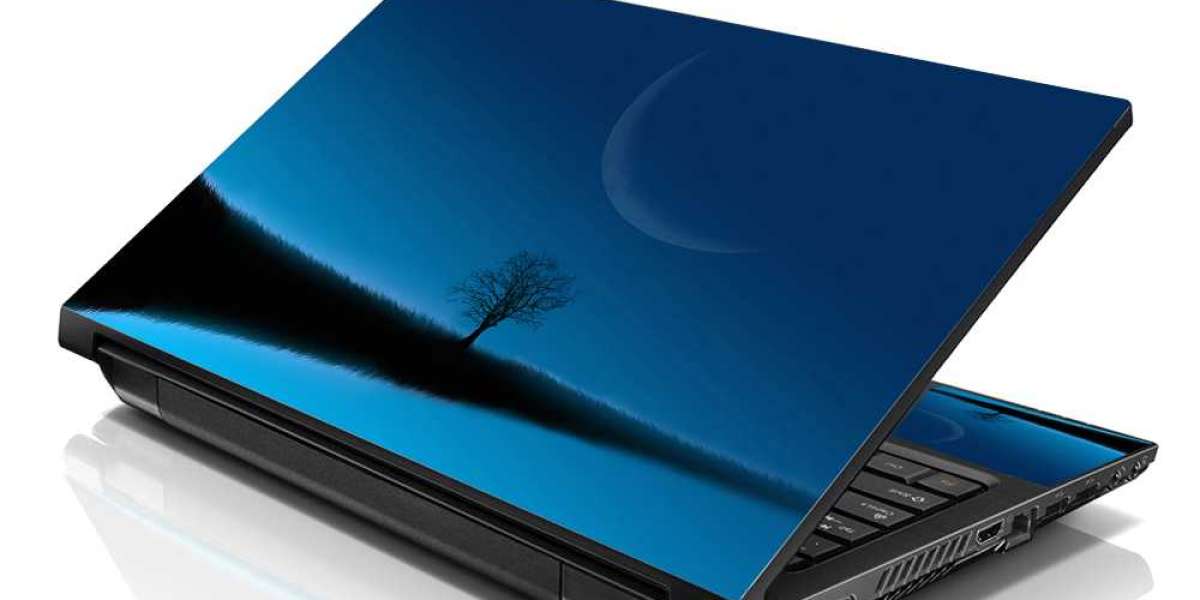Power over Ethernet (PoE) is a technology that revolutionized network installations. It eliminates the need for separate power cables for certain network devices, streamlining setup and offering several advantages. Let's delve into what PoE is and how it benefits your network.
The Essence of PoE: Delivering Power and Data in One
Imagine a single What is POE both data and electricity – that's the magic of PoE. It utilizes the same Ethernet cable traditionally used for data transmission to deliver low-voltage DC power to compatible devices. This eliminates the need for a separate power outlet for each device, simplifying installation and reducing clutter.
How Does PoE Work?
There are two main components to PoE:
Power Sourcing Equipment (PSE): This can be a PoE-enabled switch or injector. The PSE detects a PoE-compatible device and supplies the necessary power over the Ethernet cable.
Powered Device (PD): This is any device designed to receive power through PoE, such as VoIP phones, IP security cameras, wireless access points, and even some thin client computers.
There are different PoE standards (802.3af, 802.3at, and the latest 802.3bt) that define the amount of power a PSE can deliver. This ranges from 15.4 watts (802.3af) to a maximum of 90 watts (802.3bt), catering to the varying power requirements of different devices.
Benefits of PoE:
Simplified Installation: PoE eliminates the need for separate power outlets and cables, saving time and effort during installation, especially for devices mounted in high or hard-to-reach locations.
Reduced Costs: Lower installation costs due to fewer cables and power outlets needed. Additionally, PoE can reduce ongoing electricity expenses by using a central power supply instead of individual power adapters.
Flexibility: PoE devices can be easily relocated without worrying about power outlet availability. This offers greater flexibility for network design and future expansion.
Scalability: PoE systems can be easily scaled as your network grows by adding more PoE-compatible devices.
Power Reliability: PoE power is typically sourced from a central power supply (like a UPS), offering more reliable power delivery compared to individual wall outlets.
Applications of PoE:
PoE is widely used in various networking scenarios, including:
VoIP Phones: Powering VoIP phones eliminates the need for a separate power outlet near each phone, streamlining office setups.
Security Cameras: PoE simplifies powering security cameras, especially those mounted outdoors or in remote locations.
Wireless Access Points: PoE powers wireless access points, ensuring seamless Wi-Fi coverage throughout a building.
Building Automation Systems: PoE can power sensors, control panels, and other devices used in building automation systems.
Is PoE Right for You?
If you're planning a new network installation or expanding your existing one, PoE offers significant advantages. Consider the types of devices you'll be using and their power requirements. If you have a large number of devices that would traditionally require individual power supplies, PoE can be a cost-effective and time-saving solution.
With its ability to simplify network installations, reduce costs, and offer flexibility, PoE has become a valuable tool for network administrators and businesses of all sizes.
For more info. visit us:














